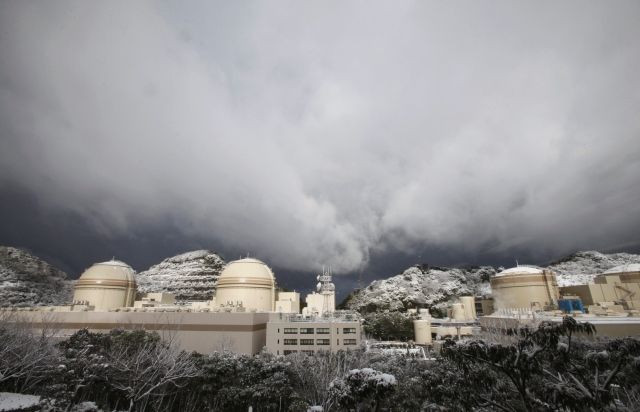Japan Court Rejects Petition To Shut Down Ohi Nuclear Reactors; Ruling Passed Two Years After Fukushima Nuclear Accident

A Japanese court rejected on Tuesday a petition to close down the country’s two remaining functional nuclear reactors, in a legal ruling that came two years after the Fukushima nuclear accident rocked the nation.
Anti-nuclear advocates had sought to have the reactors at Kansai Electric Power Co’s [KEPCO] Ohi plant in Fukui prefecture on the west coast to be shut down following seismology reports raising suspicion that the station may be situated above an active fault line, which would be in breach of Japanese law on nuclear siting, Reuters reports.
Japan had to shut down its 50 nuclear reactors for maintenance following a devastating earthquake and tsunami on March 11, 2011, which triggered a meltdown at the Fukushima power plant -- the worst nuclear disaster since Chernobyl in 1986.
However, the Japanese government restarted the Ohi plant in July last year, disregarding protests against the move, which divided public opinion regarding Japan’s dependency on nuclear power.
The decision to restart the Ohi plant was welcomed by businesses, who had voiced concern over the lack of industrial power following the shutdown of reactors.
Nuclear reactors had been providing about 30 percent of the country's electricity needs, which was expected to increase to at least 40 percent by 2017, prior to the Fukushima accident.
However, tens of thousands of people took part in rallies in Tokyo outside then Prime Minister Yoshihiko Noda's official residence against restarting Ohi plant, chanting “saikado hantai,” or “no to nuclear restarts,” in a rare show of dissent in Japan, according to BBC.
The country's new nuclear regulator is still investigating whether the suspected fault line under the station is active, according to Reuters.
Last week, the Nuclear Regulation Authority, or NRA, said it has planned new safety standards to deal with serious atomic crises in the event of earthquakes and tsunamis affecting the reactivation of the country’s reactors, Japan’s Kyodo news agency reports.
The new standards, which will replace the current guidelines that the Fukushima catastrophe proved were insufficient, are expected to be enforced starting mid-July.
At present, active fault lines are defined as those that have moved in the last 130,000 years, but the NRA will move the benchmark to 400,000 years ago, Kyodo reports.
© Copyright IBTimes 2024. All rights reserved.






















